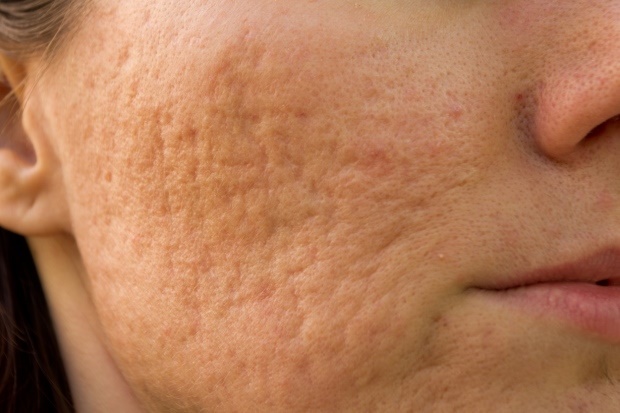You’d think that by a certain age, you’d have mastered taking care of your skin and boast a glowing, flawless skin. And indeed, many people have a great skin until their their late 30s, 40s or even 50s.
So, how is it possible that, having skipped acne during your teens and 20s, you’re now suffering?
Alternatively, you may be asking why your acne has returned, after you thought you’d won the battle in your late teens.
According to a previous Health24 article, 85% of adolescents develop mild acne (zits), while 15% develop clinical acne ranging from mild to severe.
University of Cape Town professor and doctor of dermatology, Rannakoe Lehloenya told Health24 that there are many factors that can cause people’s skins to flare up later in life.
Endogenous factors
Acne may be endogenous (caused by internal factors), or it could be exogenous (external factors).
“For some people it is endogenous. Some may be suffering from late onset acne and for others it could be persistent. Persistent acne is more affected by hormones, especially when polycystic ovarian syndrome is involved. Unfortunately, adult acne tends to be more common in women than men.
“In some instances, genetic predisposition plays a significant role. Children of parents whose acne persists into adulthood unfortunately tend to suffer the same fate,” says Lehloenya.
If one eliminates endogenous factors as the cause of adult acne, exogenous factors may be the problem.
Exogenous factors
Lehloenya says that occlusive and comedogenic cosmetic products are one of the causes of exogenous acne. When used on the skin, occlusive cosmetic products, such as petroleum jelly and certain other oils, leave a film which prevents moisture loss from the skin. Comedogenic cosmetics tend to block up the skin’s pores which may result in comedones, better known as blackheads.
“Besides cosmetics, certain medication, such as antiepileptics and antipsychotics cause acne. Steroids are a common cause – whether taken orally or produced by the body in excess.”
Acne! Why now?
Brenda Maye*, a former teacher from Cape Town, recalls how she developed adult acne just before she turned 40. She had become a mom for the third time and because her daughter was already three years old, she knew it couldn’t have anything to do with her hormones.
“While my acne was the least of my dermatological woes, I still found myself asking why and why now, as I didn’t suffer as a teenager or even in my 20s.
“I started my search for a solution. After trying a few products that were quite expensive, a friend finally introduced me to a product with a chemical composition that agrees with my skin.
“I have never looked back. I do still get the odd zit, here and there, but when that happens I know it’s because I haven’t been cleansing my skin properly.
“I also think that making minor changes in my diet made quite a difference – I eliminated as much processed food from my diet as possible,” said Maye.
Standard treatment
Lehloenya says that there is unfortunately no quick fix for a skin affected by acne.
“The best treatment approach is to identify the underlying causes – endogenous, exogenous or both – and find ways of managing them.
“Once you’ve identified the underlying cause, you can address the problem – the condition is not refractory, or stubborn.
“Acne treatment similar to other age groups is the best way forward once you have identified and started managing the underlying drivers,” said Lehloenya.
*Not her real name
Images credit: iStock
Stefni Herbert



